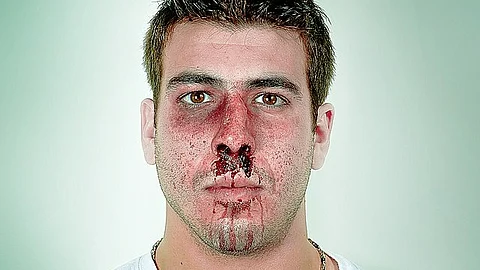“In a moment where policymakers are seeking to invest more seriously in Community Violence Intervention strategies,” Hureau said, “my hope is that this research will stimulate further interest in supporting people that do this important public safety work. Improving work conditions for community violence interventionists will ultimately lead to increased program effectiveness and healthier communities.”
The research into CVI workers has been expanded into New York with Hureau, in partnership with the UAlbany-based New York State Youth Justice Institute, leading the effort to conduct VIeWS surveys in state-supported SNUG Street Outreach programs. SNUG provides street outreach, hospital response, case management and social work services to communities with high rates of gun violence, with programs in Albany, the Bronx, Buffalo, Hempstead, Mt. Vernon, Newburgh, Niagara Falls, Poughkeepsie, Rochester, Syracuse, Troy, Utica, Wyandanch and Yonkers. The program is funded by the state Division of Criminal Justice Services (DCJS) and state Office of Victim Services.



